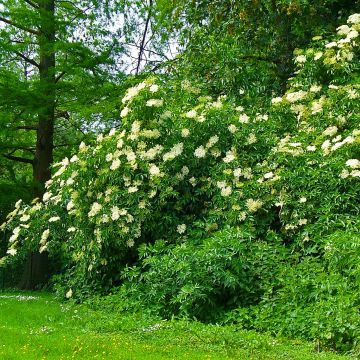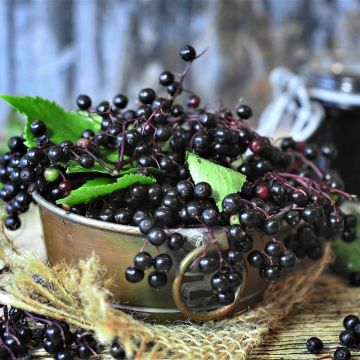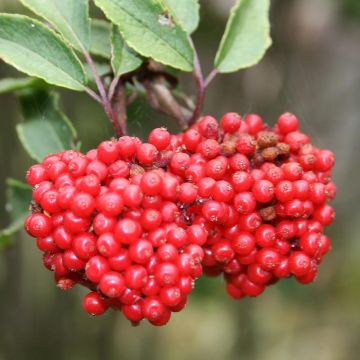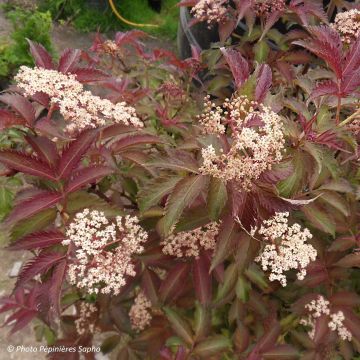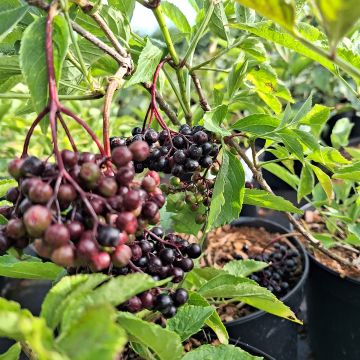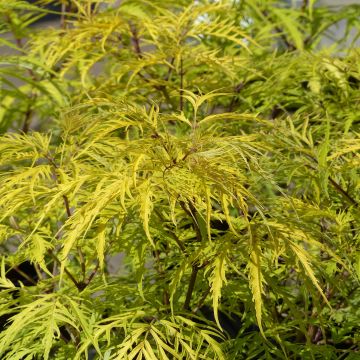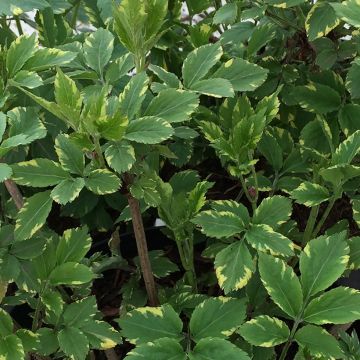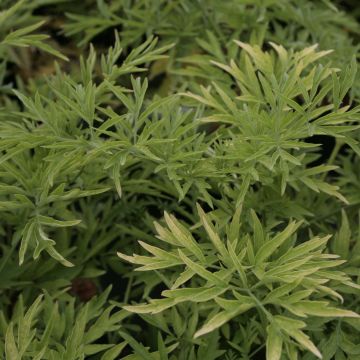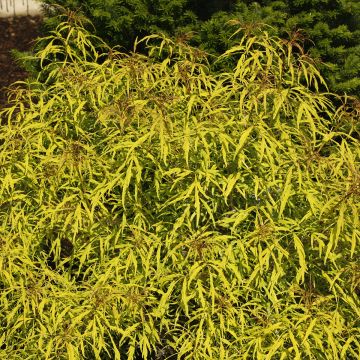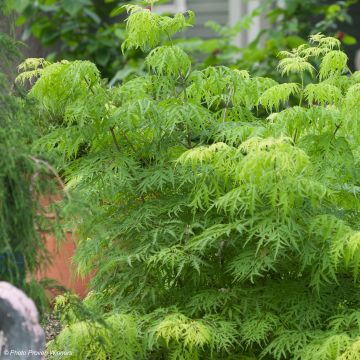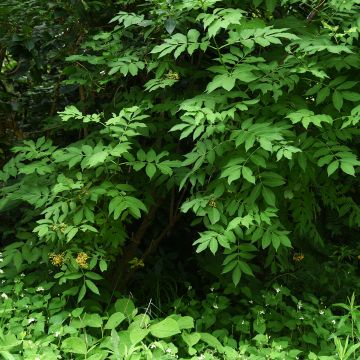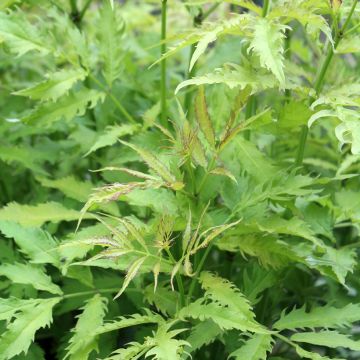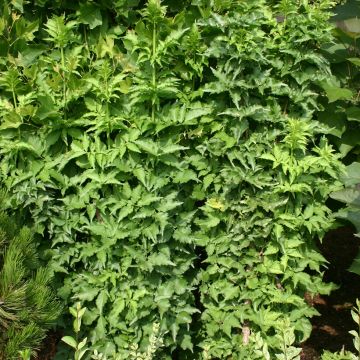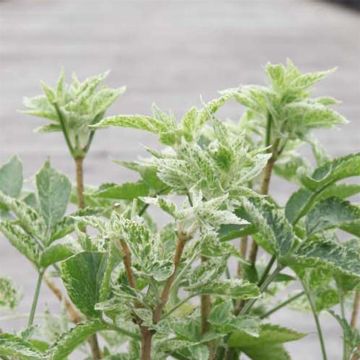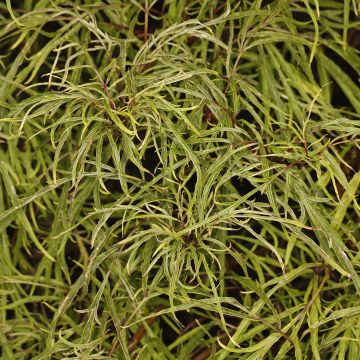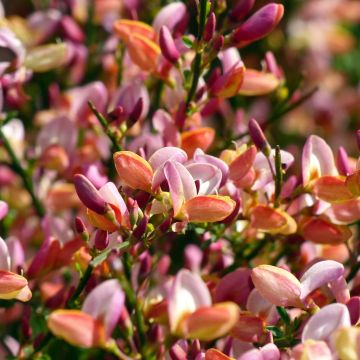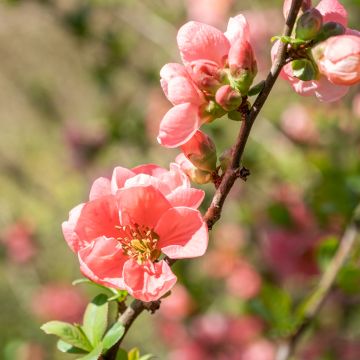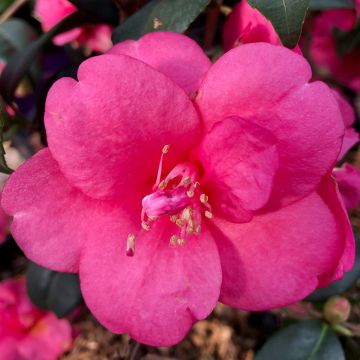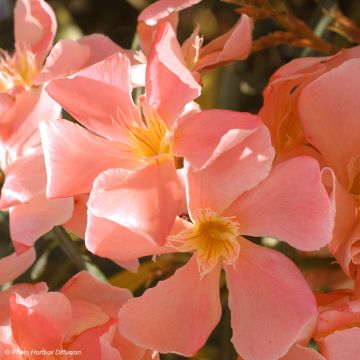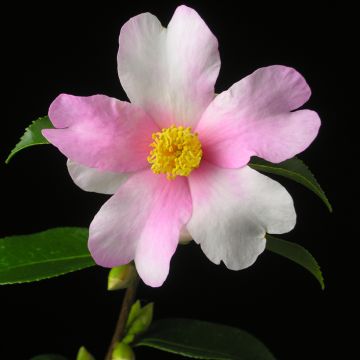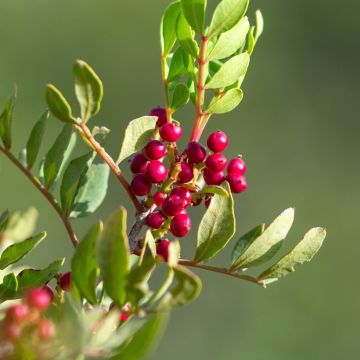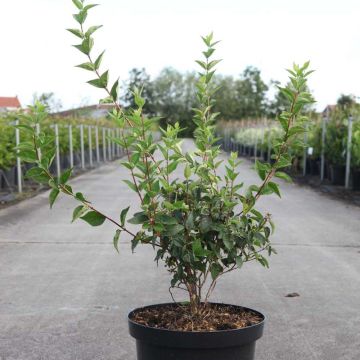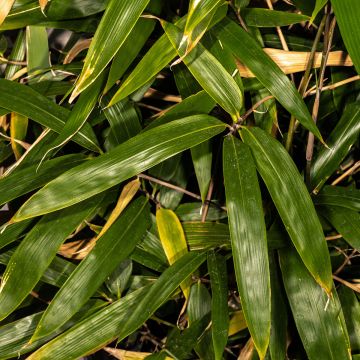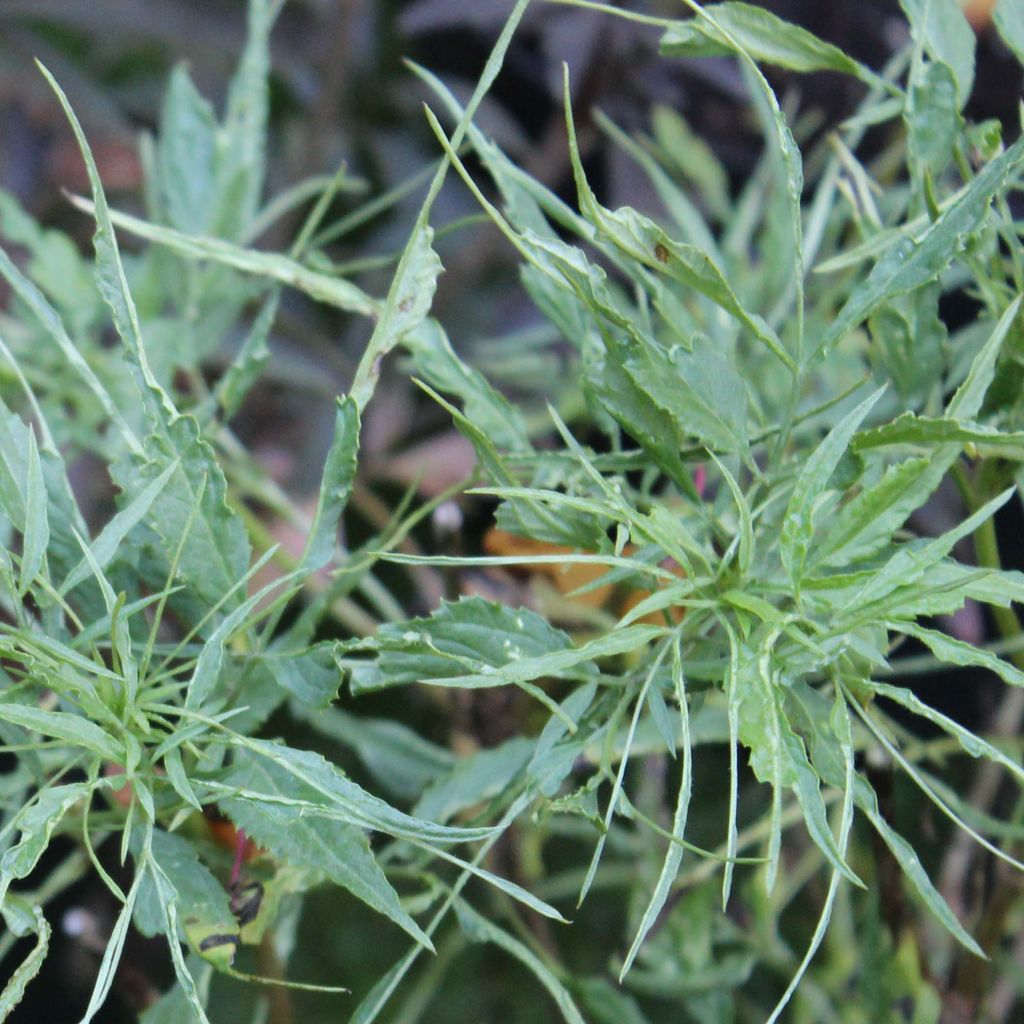

Sureau noir - Sambucus nigra Linearis
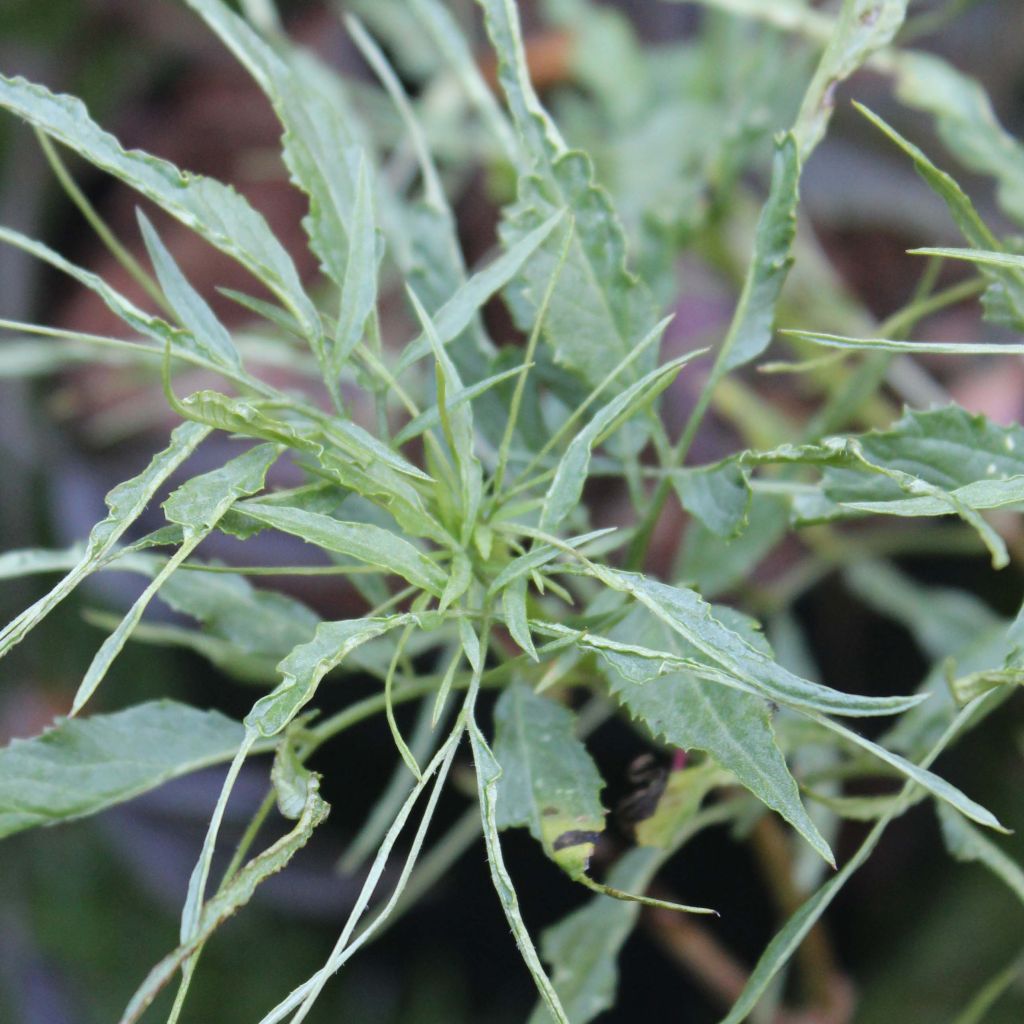

Sureau noir - Sambucus nigra Linearis
Sambucus nigra Linearis - Black Elder
Sambucus nigra Linearis
European Elder, Black Elder, Elder, Elderberry, European Elderberry, European black Elderberry
Bush of excellent quality, well packaged, no broken branches despite its transport fragility. Well planted. I am eagerly awaiting its growth. Thank you.
Fabienne , 19/03/2023
Why not try an alternative variety in stock?
View all →This plant carries a 24 months recovery warranty
More information
We guarantee the quality of our plants for a full growing cycle, and will replace at our expense any plant that fails to recover under normal climatic and planting conditions.
From €5.90 for pickup delivery and €6.90 for home delivery
Express home delivery from €8.90.
Delivery to Corse prohibited: UE law prohibits the import of this plant from mainland France to Corse as part of the fight against Xylella fastidiosa. Please accept our sincere apologies.
More information
Does this plant fit my garden?
Set up your Plantfit profile →
Description
Sambucus nigra Linearis, also known as Sambucus nigra Heterophylla, is a particularly striking and original form of black elderberry. This very beautiful deciduous bush, with a compact habit, develops unique foliage so finely cut that it almost appears frayed. In June its green and laciniate leaves come alive with honey-scented blooms in large cream-white umbels, much visited by butterflies and bees. They are followed by almost black berries, delicious in pies or jams. This small hardy elderberry, as elegant as a Japanese maple, accepts all types of soil very well. It will stand out in a border or reign supreme in a large pot on the terrace or balcony.
Sambucus nigra Linearis belongs to the Caprifoliaceae family, like honeysuckles. It comes from Sambucus nigra, a wild species widespread in Europe, North Africa, and as far as Asia Minor. It is a bush with a graceful, spreading, and rounded habit, supported by arching branches, not exceeding 1.50 m (5ft) to 2 m (7ft) in all directions. Its rapid growth allows it to mature in 7 years. Its foliage is its first asset; its leaves are cut into many very thin leaflets, almost reduced to veins, twisted, of light green and matte color. Some leaflets are wider. Flowering usually occurs in June (or a little earlier depending on the climate), in the form of large false umbels, 10 to 20 cm (4 to 8in) wide. The small white and fragrant flowers, with 5 petals, are carried on reddish petioles. The edible and tasty fruits are black to purplish berries with soft flesh, measuring 6 to 8 mm (1in) in diameter.
The Linearis elderberry is unquestionably elegant with its finely cut foliage in the manner of Japanese maples, and its very compact habit. Like all elderberries, it is hardy and easy to grow in ordinary soil that is not too dry, with no specific requirements regarding soil type. Plant e.g. in the foreground of a shrub border, or near an entrance, under a window, or at the bend of a path. You can also keep it in a large pot or container for many years. It combines well with goldenrods (Solidago rugosa 'Fireworks', Solidago 'Goldenmosa', Solidago shortii), burnet roses, or viburnum sapwood.
In the kitchen: the flowers can be prepared in fritters or syrup by macerating them in sugar. The buds, preserved in vinegar, are used to enhance salads, and the berries are consumed as juice, jellies or jams, or in wine. They pleasantly flavour apple cakes. Only the flowers and berries without their stalks are edible, the rest of the plant can be toxic.
In the garden: Elder leaves are known to accelerate compost decomposition. A black elder leaf infusion proves useful in organic gardening to combat mildew and aphid or rodent attacks: macerate 1 kg of leaves for a few days in 10 L of water, and spray as needed. It can also be planted in an orchard, where it attracts insect-predatory birds.
Report an error about the product description
Sambucus nigra Linearis - Black Elder in pictures
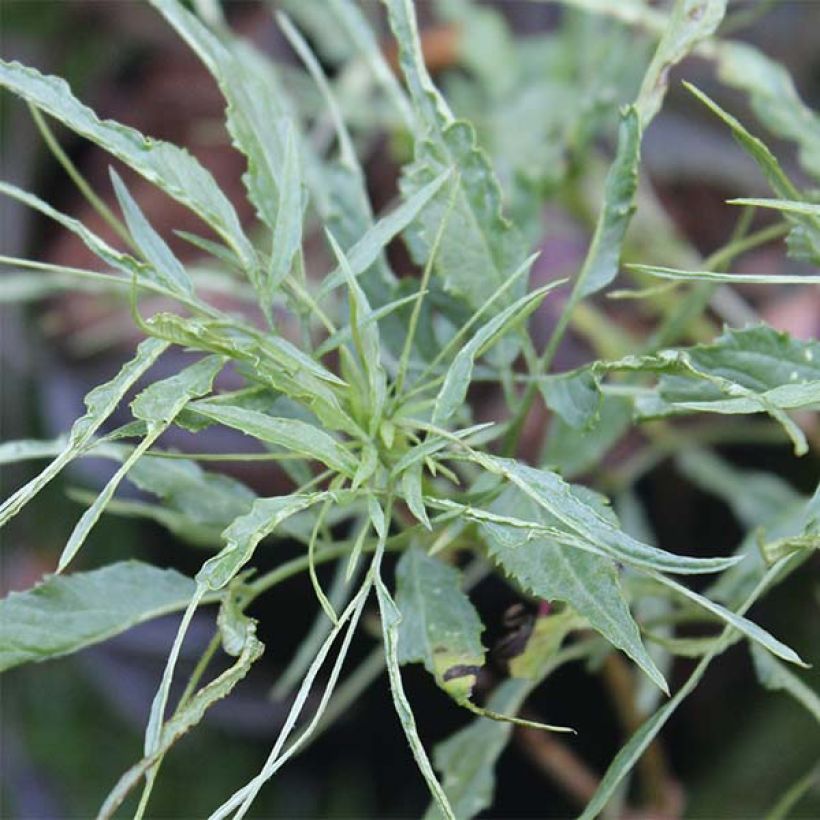

Plant habit
Flowering
Foliage
Botanical data
Sambucus
nigra
Linearis
Caprifoliaceae
European Elder, Black Elder, Elder, Elderberry, European Elderberry, European black Elderberry
Cultivar or hybrid
Other Sambucus - Elder tree
Planting and care
Easy to grow, the Linearis elderberry can be planted in spring or autumn in any ordinary, not too poor soil, deep enough and not too dry. It requires little maintenance. Plant in full sun or partial shade. It is undemanding about soil type, with the ideal planting mixture being half compost/half garden soil. It is very hardy. To promote flowering, prune the old branches back hard to rejuvenate them and cut back the young branches by a third, in late winter.
Planting period
Intended location
Care
-
, onOrder confirmed
Reply from on Promesse de fleurs
Hedge shrubs
Haven't found what you were looking for?
Hardiness is the lowest winter temperature a plant can endure without suffering serious damage or even dying. However, hardiness is affected by location (a sheltered area, such as a patio), protection (winter cover) and soil type (hardiness is improved by well-drained soil).

Photo Sharing Terms & Conditions
In order to encourage gardeners to interact and share their experiences, Promesse de fleurs offers various media enabling content to be uploaded onto its Site - in particular via the ‘Photo sharing’ module.
The User agrees to refrain from:
- Posting any content that is illegal, prejudicial, insulting, racist, inciteful to hatred, revisionist, contrary to public decency, that infringes on privacy or on the privacy rights of third parties, in particular the publicity rights of persons and goods, intellectual property rights, or the right to privacy.
- Submitting content on behalf of a third party;
- Impersonate the identity of a third party and/or publish any personal information about a third party;
In general, the User undertakes to refrain from any unethical behaviour.
All Content (in particular text, comments, files, images, photos, videos, creative works, etc.), which may be subject to property or intellectual property rights, image or other private rights, shall remain the property of the User, subject to the limited rights granted by the terms of the licence granted by Promesse de fleurs as stated below. Users are at liberty to publish or not to publish such Content on the Site, notably via the ‘Photo Sharing’ facility, and accept that this Content shall be made public and freely accessible, notably on the Internet.
Users further acknowledge, undertake to have ,and guarantee that they hold all necessary rights and permissions to publish such material on the Site, in particular with regard to the legislation in force pertaining to any privacy, property, intellectual property, image, or contractual rights, or rights of any other nature. By publishing such Content on the Site, Users acknowledge accepting full liability as publishers of the Content within the meaning of the law, and grant Promesse de fleurs, free of charge, an inclusive, worldwide licence for the said Content for the entire duration of its publication, including all reproduction, representation, up/downloading, displaying, performing, transmission, and storage rights.
Users also grant permission for their name to be linked to the Content and accept that this link may not always be made available.
By engaging in posting material, Users consent to their Content becoming automatically accessible on the Internet, in particular on other sites and/or blogs and/or web pages of the Promesse de fleurs site, including in particular social pages and the Promesse de fleurs catalogue.
Users may secure the removal of entrusted content free of charge by issuing a simple request via our contact form.
The flowering period indicated on our website applies to countries and regions located in USDA zone 8 (France, the United Kingdom, Ireland, the Netherlands, etc.)
It will vary according to where you live:
- In zones 9 to 10 (Italy, Spain, Greece, etc.), flowering will occur about 2 to 4 weeks earlier.
- In zones 6 to 7 (Germany, Poland, Slovenia, and lower mountainous regions), flowering will be delayed by 2 to 3 weeks.
- In zone 5 (Central Europe, Scandinavia), blooming will be delayed by 3 to 5 weeks.
In temperate climates, pruning of spring-flowering shrubs (forsythia, spireas, etc.) should be done just after flowering.
Pruning of summer-flowering shrubs (Indian Lilac, Perovskia, etc.) can be done in winter or spring.
In cold regions as well as with frost-sensitive plants, avoid pruning too early when severe frosts may still occur.
The planting period indicated on our website applies to countries and regions located in USDA zone 8 (France, United Kingdom, Ireland, Netherlands).
It will vary according to where you live:
- In Mediterranean zones (Marseille, Madrid, Milan, etc.), autumn and winter are the best planting periods.
- In continental zones (Strasbourg, Munich, Vienna, etc.), delay planting by 2 to 3 weeks in spring and bring it forward by 2 to 4 weeks in autumn.
- In mountainous regions (the Alps, Pyrenees, Carpathians, etc.), it is best to plant in late spring (May-June) or late summer (August-September).
The harvesting period indicated on our website applies to countries and regions in USDA zone 8 (France, England, Ireland, the Netherlands).
In colder areas (Scandinavia, Poland, Austria...) fruit and vegetable harvests are likely to be delayed by 3-4 weeks.
In warmer areas (Italy, Spain, Greece, etc.), harvesting will probably take place earlier, depending on weather conditions.
The sowing periods indicated on our website apply to countries and regions within USDA Zone 8 (France, UK, Ireland, Netherlands).
In colder areas (Scandinavia, Poland, Austria...), delay any outdoor sowing by 3-4 weeks, or sow under glass.
In warmer climes (Italy, Spain, Greece, etc.), bring outdoor sowing forward by a few weeks.

































